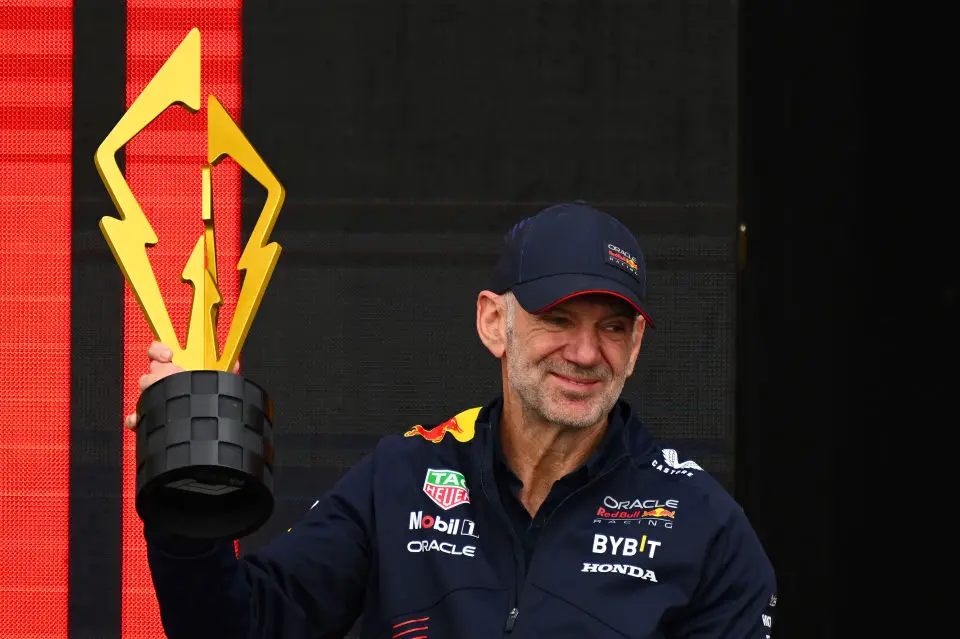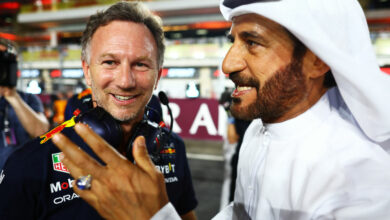Red Bull Racing’s Winning Formula: Adrian Newey Unveils Strategy to Conquer 2022’s Porpoising Challenge
Adrian Newey, Red Bull Racing’s chief technical officer, recently shared insights on how the team mastered the porpoising issue in the 2022 season. This breakthrough set Red Bull apart from its competitors, especially in the early stages of the season.
Key Takeaways:
- Comprehensive Approach: Newey emphasized that porpoising is a multifaceted issue, involving not just aerodynamics but also suspension and body stiffness. Red Bull’s RB18 was designed with a holistic approach to these elements, preparing them for the challenges ahead.
- Early Resolution: Despite initial porpoising issues, Red Bull effectively resolved them by the first race of the season. Newey pointed out the inherent challenges in simulating such issues in wind tunnels and CFD, highlighting the importance of accurate inputs and focus.
- Industry-Wide Impact: The 2022 season saw porpoising become a widespread problem due to new regulations emphasizing ground effect aerodynamics. Mercedes, in particular, struggled significantly, with Lewis Hamilton experiencing back problems from the W13’s severe bouncing, leading to regulatory changes in car design for safety.

Adrian Newey’s insights during his interview with Top Gear offer a rare glimpse into the technical intricacies faced by Formula 1 teams, particularly in the 2022 season. Newey’s explanation sheds light on the multifaceted nature of the porpoising problem and Red Bull Racing’s proactive approach to solving it. He stated:
“Bouncing is not simply due to the aerodynamic shape of the car, there are other factors – suspension characteristics, body stiffness – and when we were designing RB18 we were very mindful of that. We had a bit of porpoising at the very start but we were on top of it by race one.”
He further highlighted the complexity of simulating such dynamic issues, underscoring the limitations of current technology:
“Simulating bouncing in a wind tunnel and more so in CFD is not easy. It’s a transient problem, and there’s no motion to the car relative to the road. You don’t see it if you’re not looking for it. That’s the thing with all simulation tools. They’re dependent on what you put into them. If you haven’t looked in the right place and put the right things in, you won’t get the right answers out.”
The 2022 season marked a significant turning point in Formula 1 due to the introduction of new regulations focusing on ground effect aerodynamics. This shift aimed at enhancing the racing experience but brought with it unexpected challenges, most notably the issue of porpoising. This aerodynamic instability, causing high-speed car bouncing, became a prominent problem for several teams. Mercedes faced the most acute struggles, with their star driver, Lewis Hamilton, reporting back problems due to the extreme bouncing of the W13. These incidents underscored not only the technical challenges in F1 but also raised serious concerns about driver safety, ultimately leading to changes in the sport’s regulations to increase minimum car ride height, thereby reducing the risks associated with porpoising.


